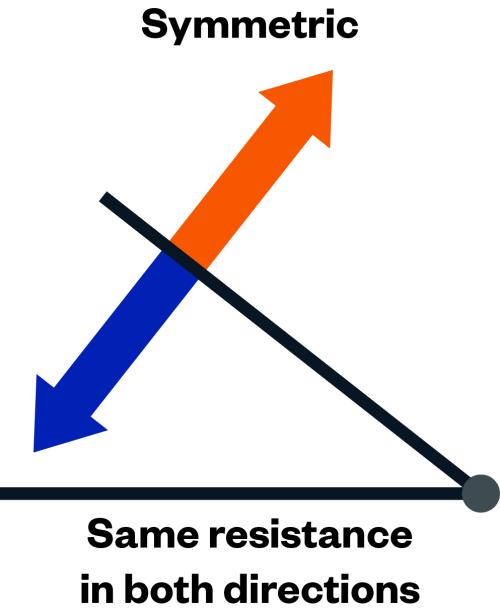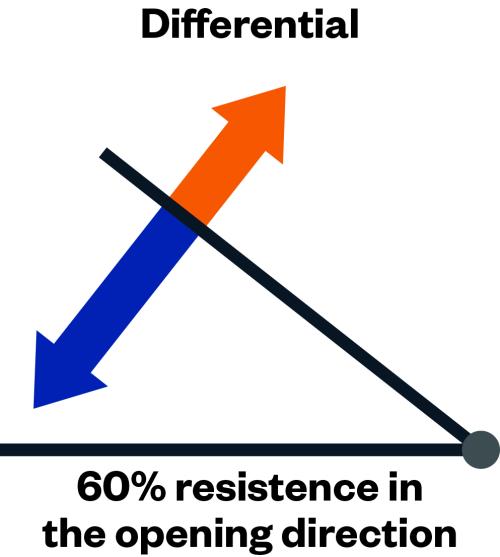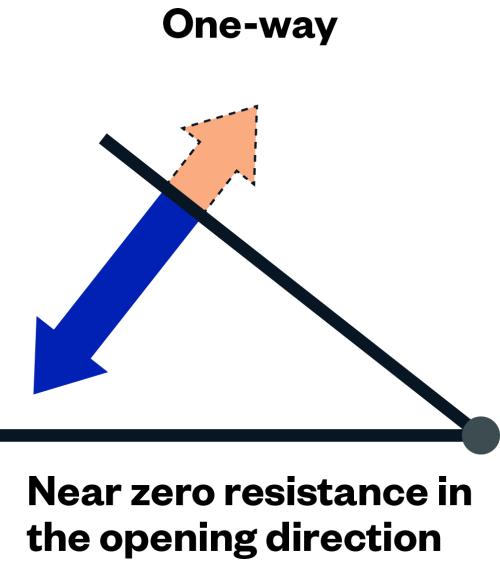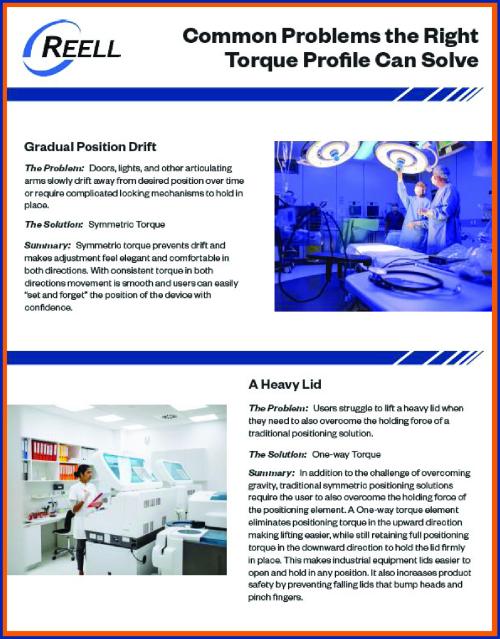How the Right Torque Profile Can Solve Your Customer’s Problem
How the Right Torque Profile Can Solve Your Customer’s Problem
The feel and ease of adjustment is a key factor in the perception of quality, safety, and utility in a product. If the motion feels smooth and secure, the design feels safe and high quality. The movement builds confidence in the design because it feels right.
All systems requiring adjustment and positioning have an axis about which components move. Adding torque to the motion of that axis makes it feel better. Adding the right torque profile makes it feel perfect.
To understand how to effectively utilize the correct torque profile we consider:
- 3 types of torque profiles.
- 4 common problems the right torque profile can solve to improve your design.
Torque Profile Options
Smooth premium feel motion and sure positioning in both directions
Symmetric torque elements provide equal torque in the forward and reverse direction. Specify symmetric torque products to ensure the same feel in either direction, and when forces are generally the same over the entire range of motion, such as vertically mounted doors.
Symmetric torque is also commonly used where the overall positioning forces are low, making directional differences in torque less perceptible to end the user.
Easier to open with the same smooth quality motion and solid positioning
Differential torque provides lower torque in one direction than the other. Movement in the primary direction provides the full rated torque, while movement the opposite direction provides 60% of the rated torque. This enables designers to account for application conditions impacting the user experience, such as biasing a door so the force to open the door is less than the closing force. In more complex mechanisms different torque levels can be used to sequence multiple motions in desired order.
Very easy to open, with solid downward positioning Ideal for high-force vertical mounting applications
As the name implies, One-way torque provides torque in one direction and near zero torque in the opposite direction. A One-way torque element is particularly useful in heavy lid applications, removing all hinge torque in the upward direction when lifting against gravity, but still providing full support in the downward direction to hold the lid in place.



